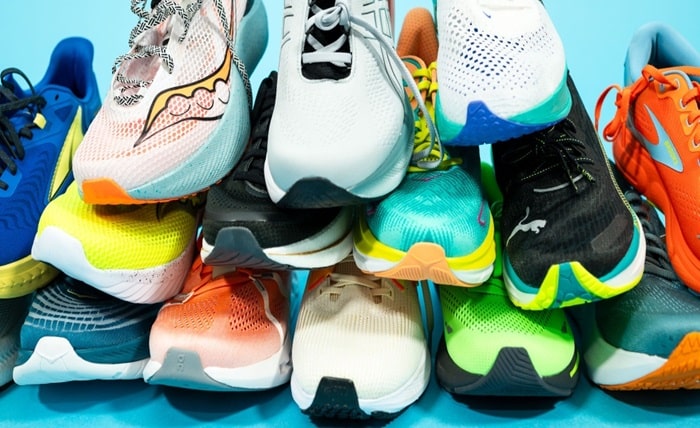The Evolution of the Running Shoe

Running has been a basic human activity since the beginning of time. It’s such an essential part of being human that it is no wonder that it is one of the most popular athletic pastimes.
From the Greeks to the Egyptians, previous civilizations recognised the need for protective footwear for a variety of reasons. In ancient Greece, athletes participated in various foot races during religious festivals like the Olympics. The shoes they wore, krepides, were made of leather or woven material and fastened to the foot with leather thongs or straps.
The Tarahumara tribe in Mexico is known for their running. They made huaraches. Sandals made of woven plant fibres or leather that allowed them to cover long distances with incredible energy and endurance.
Today modern footwear brands like Asics and Nike produce a wide range of specialised sports and running shoes. These shoes use the latest materials and technology to provide support and cushioning for runners.
The late 1800s
One of the earliest running shoes dates back to 1865. It resembled a man’s dress shoe with spikes on the bottom. Made of leather this lightweight shoe featured a band added for lateral support. It was most likely used for cross-country running.
Another early pioneer, Joseph Foster wanted to design shoes that made him run faster. He founded a company, called Reebok, that made shoes for British athletes, including the 1924 Olympic champion Harold Abrahams.
Rubber Soles
In 1917, an important innovation was the development of vulcanization. This is a technique used to fuse rubber and cloth together. This led to the invention of light rubber-soled canvas shoes worn for sports. These shoes became known as sneakers because the rubber sole allowed the wearer to walk around without being heard.
1950s – 1960s
Roger Bannister broke the 4-minute mile mark in 1954 wearing a pair of leather spikes. This led to a surge in the popularity of long-distance running. By the 1960s Bill Bowerman and Phil Knight teamed up to form a shoe company called Blue Ribbon Sports. This later turned into the behemoth we now know as Nike.
1970s
This decade saw the introduction of science into the production of running shoes. Podiatrists identified different gaits as well as suitable shoes for each type.
The innovation of Ethylene vinyl acetate or EVA was introduced. This material is an air-infused foam that provides cushioning and absorbs shock. It is still used in most running shoes today. It’s very versatile and can be found in many different parts of modern shoes, including insoles, midsoles and outsoles.
1980s – 2000
During this period running was booming. By 1981 there was an 1800% increase in the number of marathon finishers. Still today major marathons attract thousands of participants looking to complete the gruelling 26-mile course.
In recent years shoes have continued to get lighter, more comfortable and more personalized. There is a lot of focus on designing a shoe that will break the two-hour marathon barrier. Working with some of the world’s best runners, shoe designers are hard at work trying to achieve this goal.
In the meantime, mere mortals are happy with just shaving a few minutes off their time.




